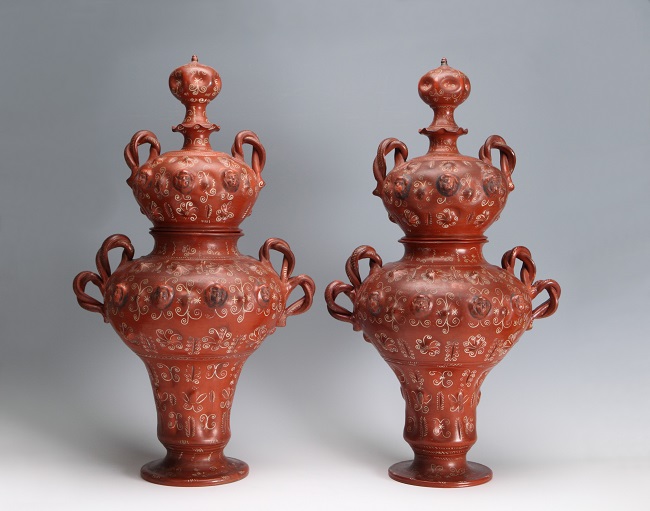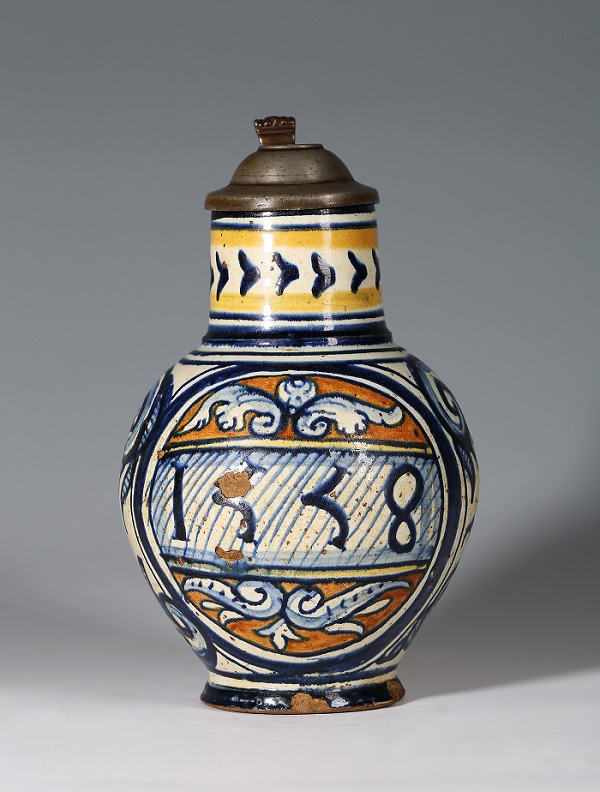Quick Fire: 5 Questions with Errol Manners
Errol Manners, dealer in European ceramics and a Fellow of the Society of Antiquaries, reveals what inspired him to pursue his career, how to differentiate between forged and authentic antique porcelain, and offers advice on collecting for beginners.
You’re one of the most celebrated dealers in European ceramics. What started you on this career path?
It was a childhood fascination with the romance of historic objects. I had what I grandly described as a museum (actually a small cabinet), and friends and uncles would give me anything from Indian carving to a fragment of Roman pottery—coins particularly, which come with so much historic baggage, caught my imagination. In my teenage years, my attention wandered elsewhere but I remember buying a broken Chinese export porcelain bowl of the late 18th century in a market stall in my early twenties—it was £11, simple but quite beautifully decorated, and I recall taking it back to my flat and staring in awe at something that had come all the way from China through trials and storms and had delighted a sea captain or sailor and then, and after all this time, thrilled me.
You specialize in rare porcelain and pottery. What’s the most unique or memorable item that’s passed through your shop since it first opened in London in 1988?
A few years ago, we were able to acquire a large pair of Mexican redware vases from Tonalá in Guadalajara. In the 17th century, these pots were revered in Europe as something exotic that had medicinal and almost magical properties—when damp they sweetened the air and people even ate fragments of them. Examples can be found in the most illustrious European collections such as those of the Medici, the Hapsburgs in Vienna, and even the Vatican, but they are very rarely on the market. The ones we acquired are now in the Metropolitan Museum of Art in New York.

Kakiemon porcelain was copied and even faked when imports to 17th-century Europe dwindled. What’s the first thing you look for when trying to decipher a forgery from the real thing?
There is only one way to spot a fake and that is to familiarize yourself utterly with numerous examples of undoubted authenticity. Best of all, to handle the pieces in the great historic collections where they have been since the earliest times. In the case of Kakiemons, it might be the pieces that have been in historic collections in Germany and Britain since the 17th or early 18th century, or those examples in a museum such as the Gardiner that have been critically examined over many years. Once you know the real ones, the wrong will generally betray themselves.
If you could only keep one object from your personal collection, which would you choose and why?
We have a tin-glazed earthenware jug boldly dated 1558. It matches pieces excavated from a kiln site in Utrecht where a potter from Antwerp had introduced the techniques of Italian maiolica into the Northern Netherlands—the archaeological report had suggested that the potter had worked in Utrecht from around 1560 or slightly earlier and our piece fits this perfectly. It is the earliest dated piece of Dutch tin-glazed earthenware and the precursor to the great Dutch Delft tradition. It is not often that one finds something that rewrites ceramics history, even if only by a couple of years.

What’s the most important piece of advice you would give to someone interested in collecting antique ceramics?
Follow your instincts and find an area that truly intrigues and delights you. Perhaps choose an area that is a little out of fashion, and if possible, get some guidance from a curator, dealer, or another collector. Collecting well is not easy and requires dedication. Travel is very important, and visit museums again and again and again.
Errol Manners’ upcoming Gardiner Signature Lecture on November 21 explores the sensation that Japanese Kakiemon porcelain caused when it first arrived in 17th century Europe. Learn more.